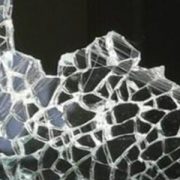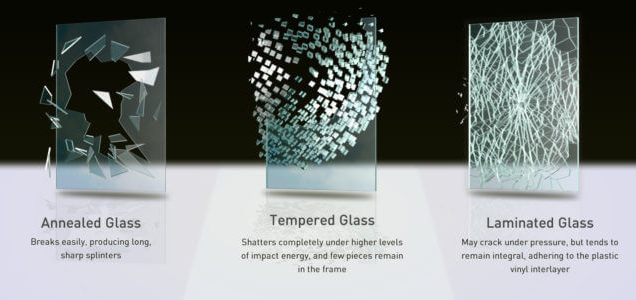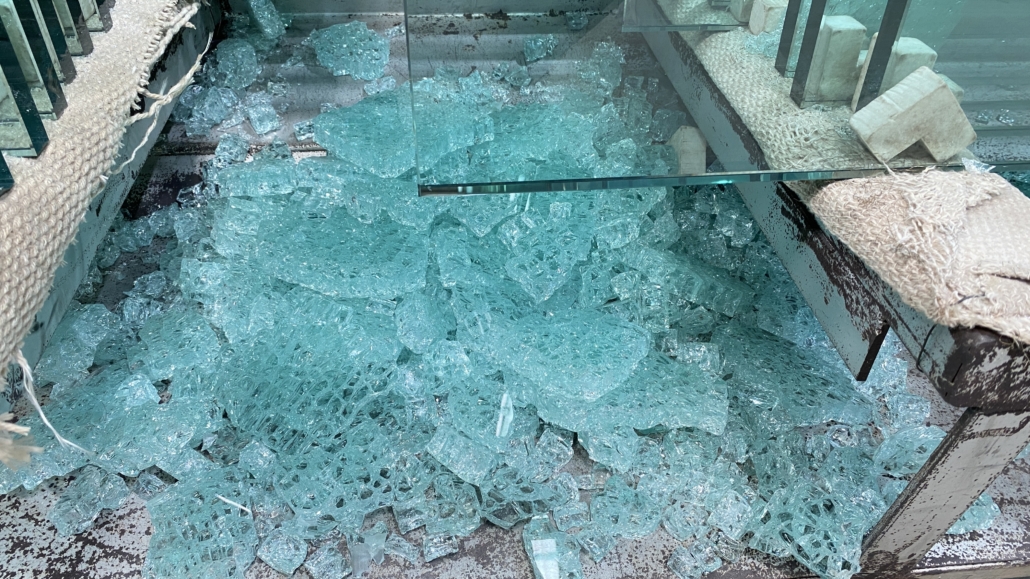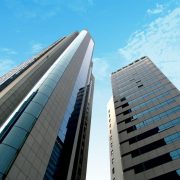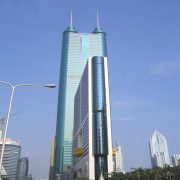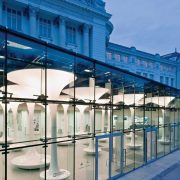Safety glass is a type of glass that is designed to be less hazardous when it breaks compared to standard glass. It is manufactured using specific processes or materials that give it properties such as increased strength or the ability to break into small, granular pieces rather than sharp shards when shattered. The two most common types of safety glass are tempered glass and laminated glass.
- Tempered Glass: Tempered glass is processed by controlled thermal or chemical treatments to increase its strength compared to normal glass. When tempered glass breaks, it crumbles into small, granular chunks, reducing the risk of injury from sharp edges and shards. It is commonly used in applications where safety is a concern, such as in shower doors, car windows, and glass table tops.
- Laminated Glass: Laminated glass is composed of two or more layers of glass with an interlayer of polyvinyl butyral (PVB) or ethylene-vinyl acetate (EVA) between them. When broken, the interlayer holds the glass together, preventing it from shattering into sharp pieces. Laminated glass is commonly used in applications where both safety and security are paramount, such as in windshields, storefronts, and hurricane-prone areas.
Both types of safety glass offer various benefits, including increased durability, improved safety, and reduced risk of injury. They are used in a wide range of applications in both residential and commercial settings, providing protection against potential hazards and enhancing the safety and security of the environment.

